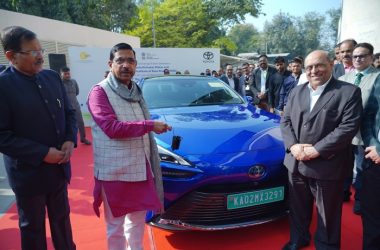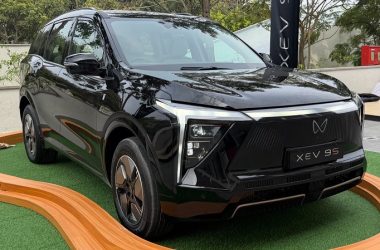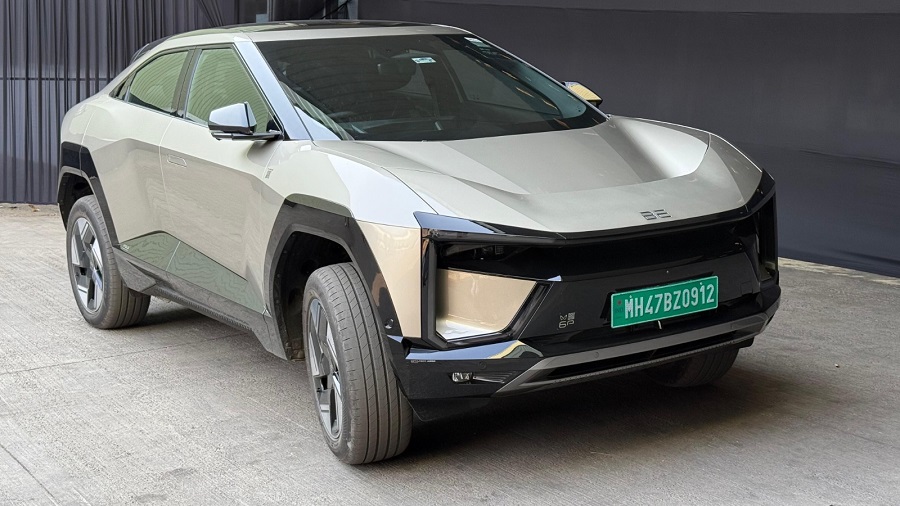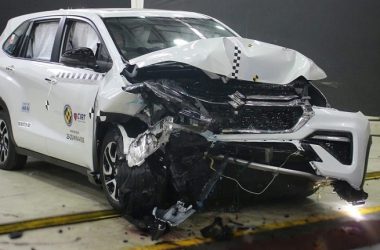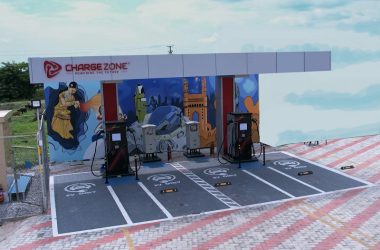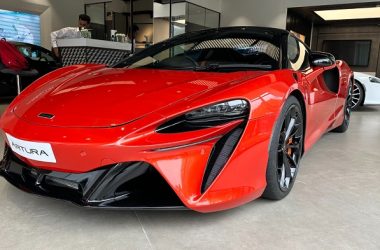India’s electric mobility ambitions continue to gain momentum with significant progress under the Faster Adoption and Manufacturing of (Hybrid &) Electric Vehicles in India (FAME India) Phase-II Scheme. Implemented from April 1, 2019, with a robust budgetary support of ₹11,500 crore, the scheme has been instrumental in catalyzing the adoption of electric two-, three-, and four-wheelers across the country.
As of February 28, 2025, 5,135 electric buses have been deployed out of the 6,862 sanctioned under FAME-II. These buses are enhancing intra-city public transport networks across states, reducing emissions and reliance on fossil fuels.
To strengthen charging infrastructure, the Ministry of Heavy Industries (MHI) sanctioned ₹800 crore in March 2023 to three major Oil Marketing Companies—IOCL, BPCL, and HPCL—for installing 7,432 public charging stations at their retail outlets nationwide. In addition, ₹73.5 crore was approved in March 2024 for upgrading 980 existing public charging stations. Another 400 charging stations have been approved through Expressions of Interest (EOI) to other entities across states.
Alongside FAME-II, the government has rolled out several complementary initiatives to bolster the EV ecosystem:
- PLI Scheme for Auto and Auto Components (2021): With an outlay of ₹25,938 crore, this scheme supports manufacturing of Advanced Automotive Technology (AAT) products, ensuring at least 50% domestic value addition.
- PLI Scheme for Advanced Chemistry Cell Battery Storage (2021): Approved with a ₹18,100 crore budget, this aims to establish domestic production capabilities for 50 GWh of battery storage.
- PM E-DRIVE Scheme (2024): A ₹10,900 crore, two-year initiative backing a wide range of EV categories including e-trucks, e-buses, and ambulances, alongside EV testing facilities and public charging infrastructure.
- PM e-Bus Sewa-PSM Scheme (2024): With an outlay of ₹3,435.33 crore, this provides payment security to e-bus operators, targeting deployment of 38,000+ electric buses across India.
- SPMEPCI Scheme (2024): This aims to boost electric car manufacturing, mandating a minimum investment of ₹4,150 crore from applicants, with domestic value addition targets of 25% by year three and 50% by year five.
This information was shared in a written reply by Minister of State for Steel and Heavy Industries, Bhupathiraju Srinivasa Varma, in the Lok Sabha today.
As India steadily charges ahead in the global EV race, these schemes mark a pivotal step toward sustainable transportation and energy security, while stimulating indigenous innovation and investment in green mobility solutions.
The number of electric vehicles incentivized under the FAME India scheme Phase-II, as on 11.03.2025 are as under: –
| Sl. No. | Segment | No. of EVs for which incentive paid |
| 1 | e-2 wheelers | 14,28,009 |
| 2 | e-3 wheelers | 1,64,523 |
| 3 | e-4 wheelers | 22,548 |
| Total | 16,15,080 |
